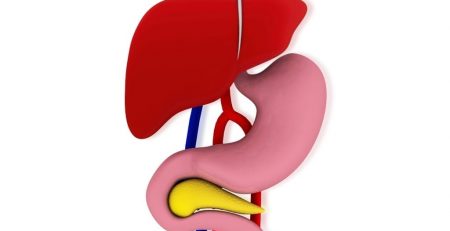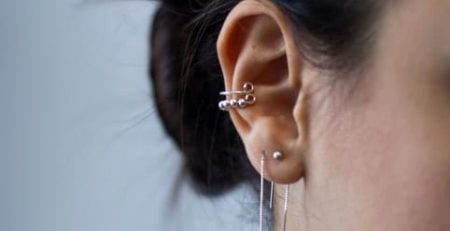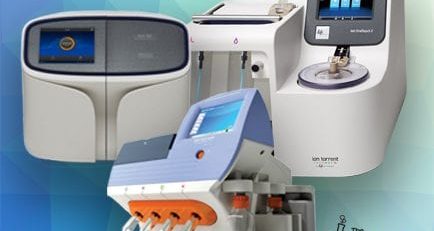Harnessing Bacteria to Power Our Phones?
Energy challenges are usually thought of in the gigawatt scale, giant turbines in hydro electric power plants attached to massive damns. But what if microscopic engines could provide a resource?
Scientist at Oxford University recently have started to explore that idea, drafting computer models to show how chaotic swarming effects of dense active matter could be organized to turn cylindrical rotors, providing a steady power source.
One potential way to generate tiny amounts of power for micromachines might be to harvest it directly from biological systems such as bacteria suspensions.” Says Dr Tyler Shendruk, from Oxford University’s Department of Physics and Co-author of the paper.
These biologically driven power plants could one day run tiny human made devices, from smartphone microphones to optical switches. The Oxford team immersed a lattice of 64 symmetric rotors in to a dense bacterial suspension, and found then normally chaotic and disorganized bacteria organized itself in such a way that the neighboring rotors began to spin in opposite directions, and did so all on all on their own. The simple structure closely resembled a wind farm.
Professor Julia Yeomans, from Oxford University’s Department of Physics and Senior Author, added: “Nature is brilliant at creating tiny engines, and there is enormous potential if we can understand how to exploit similar designs.”
You can read more about the paper here.














